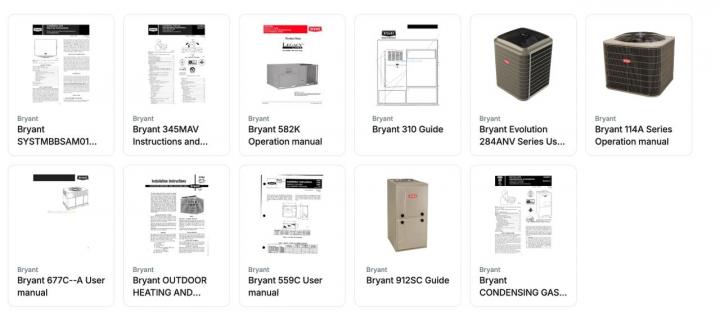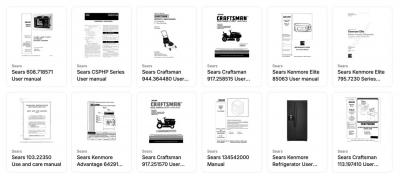How Clear, Accessible Instructions Change the Way We Solve Ever
-

When you’re faced with a new gadget or a broken appliance, the last thing you want is to spend hours digging through confusing manuals or searching the internet with vague questions. Clear and easy-to-find instructions aren’t just a convenience—they’re a game changer in how we handle everyday tasks.
Why Traditional Manuals Often Fall Short
Most product manuals are bulky, full of technical jargon, or locked away as PDFs that take forever to load or search through. Sometimes, you find yourself scrolling endlessly, trying to pinpoint the exact step you need. Other times, the instructions assume a level of knowledge that most users don’t have. This disconnect causes frustration and often leads to guesswork, mistakes, or abandoning the task altogether.
Even when you do find a manual, it might be poorly organized or packed with unnecessary details. What you want are straightforward instructions, laid out clearly and broken down into manageable steps. The problem is, traditional manuals don’t always deliver that.
The Power of Clear and Practical Instructions
Practical instructions remove guesswork. They guide you through the process with simple, direct language and relevant visuals, so you know exactly what to do and when to do it. This kind of clarity saves time and reduces errors.
Think about putting together a piece of furniture or setting up a new home appliance. When instructions are clear, the process feels manageable and even satisfying. When they’re not, it’s a source of stress and wasted effort.
Besides clarity, accessibility is key. It’s no good having great instructions if you can’t find them when you need them. That’s why how instructions are stored and accessed matters just as much as how they’re written.
How Technology Is Improving Instruction Access
This is where technology steps in to bridge the gap. Instead of flipping through printed booklets or searching for scattered PDFs, modern solutions focus on smart, searchable databases. These platforms store manuals from multiple brands in one place, letting users find what they need quickly with just a few keywords.
More advanced tools go even further. They offer context-aware search, meaning the system understands what you’re asking based on the product and your specific problem. Some platforms suggest related articles or troubleshooting tips automatically, cutting down the time it takes to find a solution.
For example, if you’re trying to fix your Black & Decker power tool, you don’t want to wade through generic instructions. You want targeted, step-by-step help. Resources like https://manuals.online/black-decker offer exactly that—easy access to precise manuals and guides for Black & Decker products, so users get answers fast without the hassle.
Real-Life Impact: From Setup to Repair
Accessible instructions make a big difference in real situations. When buying a new appliance, clear setup guides mean you can get it running quickly and correctly. This avoids damage from incorrect assembly and saves calls to customer support.
When something goes wrong, quick access to troubleshooting steps can be a lifesaver. Instead of paying for a technician or wasting hours guessing, you can pinpoint the issue and fix it yourself.
Beyond saving time and money, good instructions boost confidence. They make people feel capable rather than overwhelmed. This is especially true for everyday users who aren’t experts but want to get things done without frustration.
What Makes a User-Friendly Instruction Experience?
Several factors come together to make instruction manuals truly useful:
- Concise steps: No fluff, no jargon—just what you need to do.
- Visual aids: Clear images or diagrams to complement the text.
- Searchable content: Easily findable instructions through smart keywords.
- Context sensitivity: Information tailored to your specific product or problem.
- Constant updates: Manuals that reflect the latest product versions or common fixes.
When these elements combine, instructions become more than just documents—they become tools that empower users.
Looking Ahead: Smarter Manuals for Everyday Use
The way we access and use product instructions is changing. As databases grow and search technology improves, users can expect faster, more accurate help at their fingertips. This means fewer hours wasted and more tasks completed smoothly.
Imagine a future where your phone or computer understands exactly what product you have and what you’re trying to fix, delivering personalized guides instantly. That’s where we’re headed, and it’s already happening with some platforms.
For now, the best step is knowing where to find reliable, clear instructions when you need them. Whether it’s for a quick fix or a new setup, having direct access to the right information makes all the difference.
<!-- notionvc: 7a2f6014-603d-48cf-b5ef-652ddd50d5a5 -->
